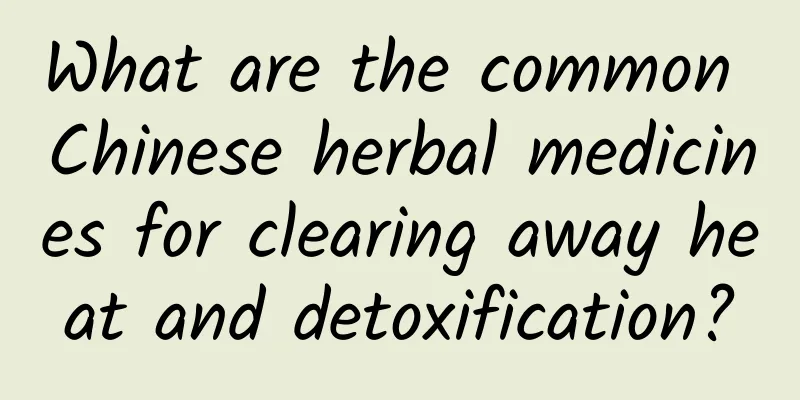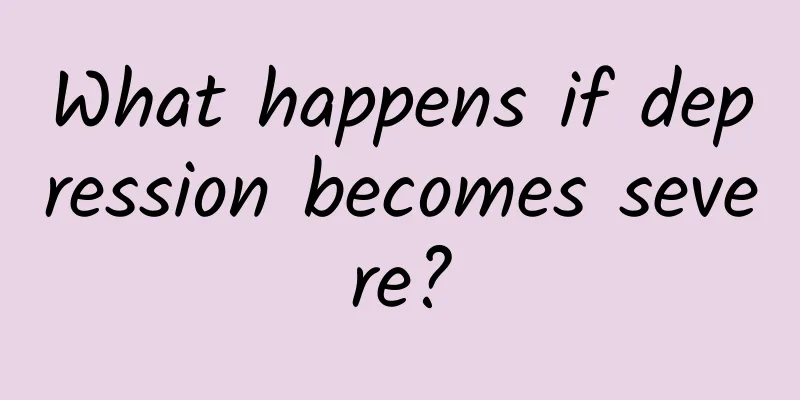What is Traumatic Brain Injury Syndrome?

|
As we all know, the brain is one of the most important organs in the human body. All brain nerves control human behavior and senses. Once the brain is traumatized, it will always directly affect the body. But there are always bumps and bumps or accidents in life that can cause brain damage. Traumatic brain injury syndrome is a complication or sequelae caused by brain trauma. This article briefly introduces craniocerebral injury syndrome. Post-traumatic brain syndrome is a common Manifestations after trauma. It is often manifested as a series of neuropsychiatric symptoms that persist or appear three months after the head injury. Patients experience headaches, dizziness, fatigue, sleep disorders, memory loss, lack of energy and decreased work ability, palpitations, sweating, decreased sexual function, etc. Neurological examination was unremarkable.Clinical manifestations The clinical characteristics of post-traumatic syndrome are severe subjective symptoms and absent or mild objective signs, mainly headache, dizziness and nervous system dysfunction. 1. Headache and dizziness Headache is the most common symptom, accounting for about 78%. The main symptoms are diffuse head swelling and throbbing headache, which is persistent and severe. The attack time is irregular, mostly in the afternoon. The location is often in the forehead and temporal area or the back of the occipital area, sometimes involving the entire head, or a feeling of oppression or ring-like tightness on the top of the head, causing drowsiness and restlessness all day long. Headaches located behind the pillow are often accompanied by neck muscle tension and pain, which are mostly related to craniocervical injuries. Headaches can be caused by insomnia, fatigue, bad mood, etc. Dizziness is also common, accounting for about 50%. Patients often complain of dizziness, but in fact it is not true vertigo but a subjective feeling of cloudiness in the head, unclear thinking or a feeling of confusion. Sometimes they think they cannot maintain balance, which is often aggravated by turning the head or changing body position. However, neurological examination shows no clear vestibular dysfunction or ataxia. After appropriate symptomatic treatment and comfort and encouragement, the symptoms may be alleviated or disappear, but they will reappear soon. 2. Hysterical reaction Patients experience mood swings, are easily irritated and angry, sometimes have muscle spasms, decreased vision, decreased hearing, close their eyes and remain silent, or cry and laugh involuntarily, or even suffer from hysterical paralysis. In severe cases, they are in a state of stupor or mutism. 3. Neurological signs There are usually no definite positive signs. treat 1. Explain work and psychological counseling patiently and carefully to eliminate concerns. 2. Treat symptomatically. 3. Encourage patients to participate in physical exercise appropriately and resume daily life and work. 4. Comprehensive treatments such as physical therapy, acupuncture, traditional Chinese medicine, etc. can help improve and recover. 5. Give appropriate sedatives, tranquilizers and analgesics. |
<<: What is Piriformis Syndrome?
>>: Can sequelae of brain injury be recovered?
Recommend
The efficacy of scorpion and wolfberry wine
The main ingredient of scorpion wine is scorpion,...
What to do if you can’t sleep well? Do a good job of conditioning
Many people want to have a comfortable sleep at n...
Can I get pregnant before ovulation and have a daughter?
Some female friends may be more superstitious and...
What are the treatments for cold urticaria?
Cold urticaria is also a type of urticaria, but n...
How to recover from a stiff neck in one day
In fact, it is easy to recover from a stiff neck ...
The ten benefits of leg meridians
The importance of unobstructed meridians is self-...
How to calculate the number of times Chinese medicine is boiled twice?
The decoction of Chinese medicine is an important...
Precautions for metabolic alkali poisoning in the elderly
Symptoms of metabolic alkali poisoning in the eld...
Scar after anal fistula surgery
Everyone knows that anal fistula brings a lot of p...
What should not be eaten when suffering from cerebral infarction? What are the taboos to eat?
Patients with cerebral infarction should always p...
What causes bitter mouth and yellow tongue coating?
The stomach is an important part of the human bod...
The child was kicked in the chest
When children play together, it is inevitable tha...
What happens after taking Maca?
In fact, there will definitely be some reactions ...
Causes of Cystitis Glandularis
We know that any disease has a certain cause when...
How to treat bulging eyes? Treatment for bulging eyes
Eyes are the most important organ of the human bo...









